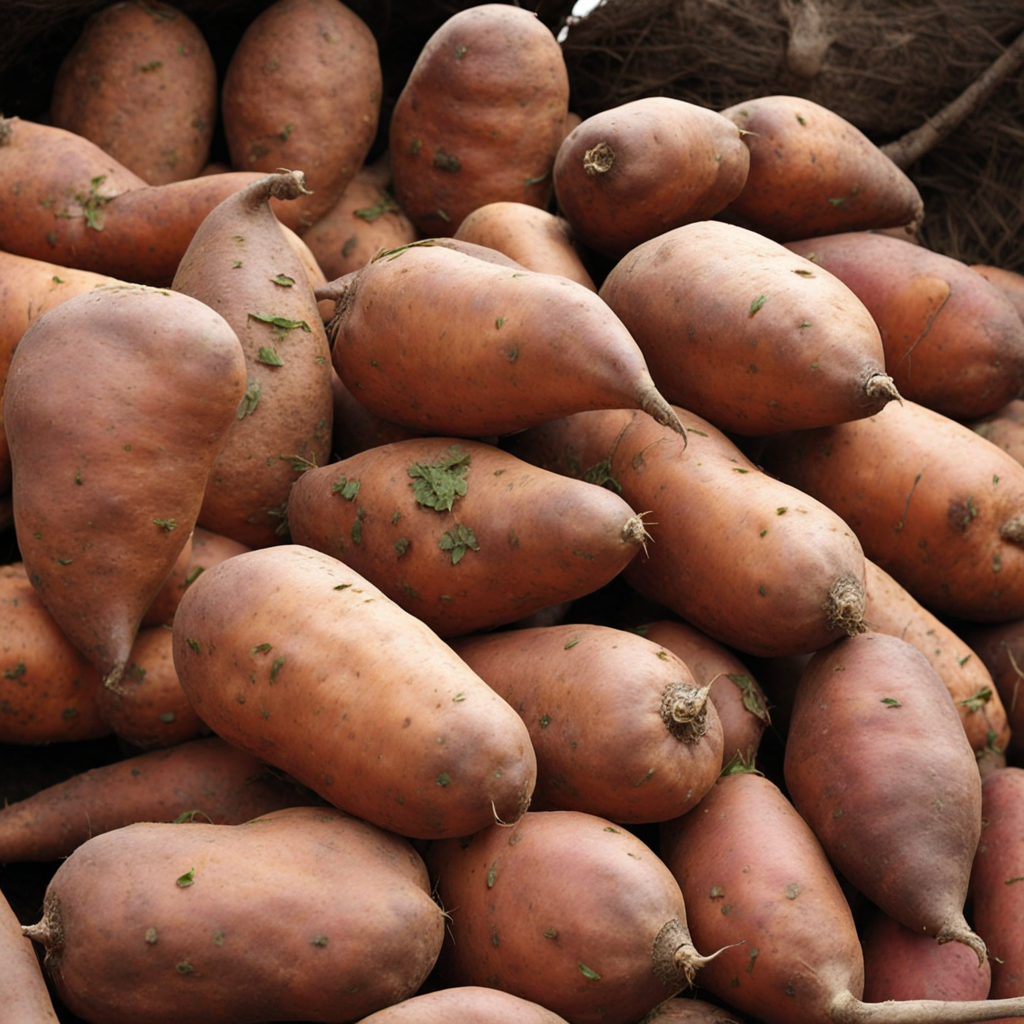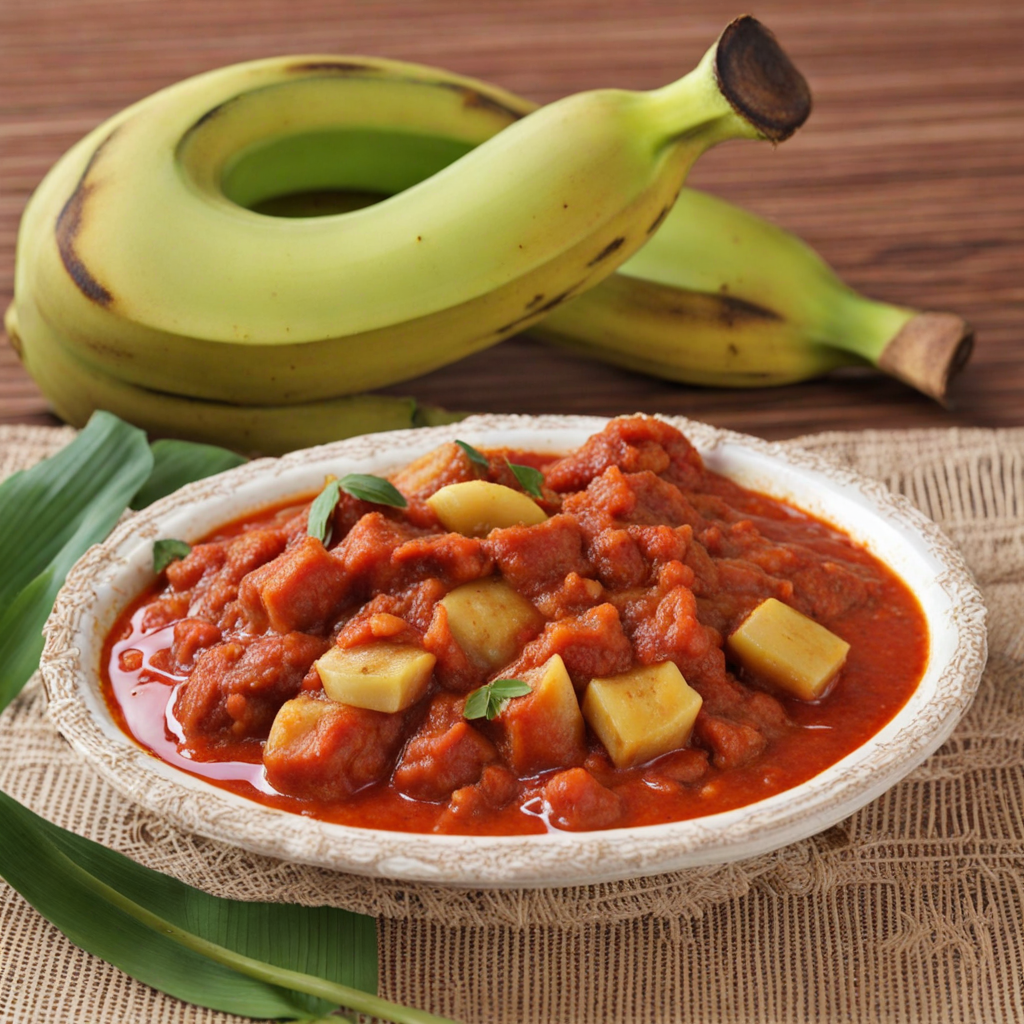Red Kidney Beans
Red kidney beans, a staple in Burundian cuisine, are not only visually striking with their deep red hue but also offer a rich, earthy flavor that is both satisfying and versatile. Typically cooked until tender, these beans have a creamy texture that pairs beautifully with a variety of ingredients. In Burundi, they are often prepared in stews or served alongside staple grains like rice or ugali, making them a hearty addition to many traditional dishes. Their robust flavor profile enhances the overall taste of the meal, providing a comforting and nourishing component that is highly valued in local diets. In Burundian households, red kidney beans are often seasoned with local spices and herbs, such as garlic, onions, and sometimes even a touch of chili for a mild kick. This combination results in a richly flavored dish that can be enjoyed on its own or as part of a larger spread. The beans absorb the flavors of the spices, creating a deliciously savory experience that is both familiar and unique, capturing the essence of Burundian culinary traditions. Moreover, the nutritional benefits of red kidney beans cannot be overlooked. They are an excellent source of protein, fiber, and essential vitamins, making them a vital part of a balanced diet in Burundi. As they are often used in communal meals, these beans not only nourish the body but also bring people together, fostering a sense of community and shared experience around the dining table. Whether you are enjoying them in a hearty stew or as part of a vibrant salad, red kidney beans from Burundi offer a delightful taste adventure that you won't want to miss.
How It Became This Dish
The History of Ibiharage: A Culinary Gem of Burundi Origins and Ingredients Ibiharage, a traditional dish from Burundi, primarily consists of kidney beans, often prepared with a variety of local ingredients. The name 'ibiharage' comes from the Kirundi language, where "ibi" means "these" and "harage" refers to "beans." Beans, particularly kidney beans, are a staple in Burundian cuisine, reflecting the agricultural practices and the local environment of the region. The origins of ibiharage can be traced back to the agricultural traditions of the Bantu peoples who settled in Burundi centuries ago. As with many dishes in Africa, its roots are deeply intertwined with the cultivation of local crops. Beans were one of the first domesticated plants in the region, and their ability to enrich the soil with nitrogen made them a vital part of the farming system. The introduction of kidney beans, believed to have been brought by explorers and traders from the Americas in the 19th century, added a new dimension to traditional Burundian recipes. Cultural Significance Ibiharage holds a significant place in Burundian culture, not only as a source of sustenance but also as a symbol of community and tradition. The dish is often served during communal gatherings, celebrations, and family meals, embodying the values of sharing and togetherness that are central to Burundian society. In Burundi, food is more than just nourishment; it serves as a medium for social interaction and cultural expression. Ibiharage is commonly paired with other staple foods like ugali (a stiff porridge made from maize flour) or is served alongside vegetables and meat, emphasizing the importance of a balanced diet. The communal aspect of sharing meals, especially dishes like ibiharage, reflects the communal values that underpin Burundian life, where kinship ties and social bonds are paramount. Furthermore, ibiharage is often prepared during significant cultural events, such as weddings or harvest festivals. In these contexts, the dish is not merely food but a representation of hospitality and generosity. Serving ibiharage to guests is a way of honoring them, showcasing the host's commitment to tradition and cultural identity. Development Over Time As Burundi has evolved through its tumultuous history, so too has the preparation and significance of ibiharage. The country's colonial past, marked by German and later Belgian rule, brought changes to agricultural practices and introduced new crops. However, the resilience of local food traditions has ensured that dishes like ibiharage have remained central to Burundian cuisine. In the late 20th century, Burundi faced significant challenges, including civil conflict and political instability, which affected food security and agricultural production. During these trying times, ibiharage became a symbol of resilience for many Burundians. The dish's simplicity and reliance on locally grown beans made it an accessible source of nutrition for families struggling to make ends meet. In contemporary Burundi, ibiharage continues to thrive, reflecting both tradition and innovation. The dish is often prepared in homes, but it has also found its way into urban restaurants, where chefs experiment with modern interpretations while honoring traditional flavors. Some variations may incorporate spices or ingredients not commonly used in traditional recipes, allowing for a fusion of flavors that appeals to younger generations. Moreover, the global rise in the popularity of plant-based diets has also spotlighted ibiharage. As more people around the world embrace vegetarian and vegan lifestyles, the nutritious and protein-rich profile of kidney beans makes ibiharage a desirable dish beyond Burundian borders. This newfound interest has fostered an appreciation for Burundian cuisine on the international stage, with ibiharage representing the heart of a rich culinary heritage. Symbol of Identity and Heritage Today, ibiharage is more than just a dish; it has become a symbol of Burundian identity and heritage. The preparation of ibiharage often involves traditional methods, where beans are soaked, boiled, and sometimes mashed to create a creamy texture. This process is often communal, with families gathering to prepare the meal together, reinforcing bonds and passing down culinary traditions to younger generations. The dish is also a reminder of the importance of food sovereignty and the need for sustainable agricultural practices. As Burundi continues to navigate challenges related to climate change and food security, the cultivation of local crops, including beans, plays a crucial role in ensuring that traditional dishes like ibiharage remain accessible and relevant. Furthermore, culinary initiatives aimed at promoting local foods and traditional cooking methods are gaining momentum in Burundi. These efforts not only support local farmers and economies but also help preserve the cultural significance of dishes like ibiharage. Through food festivals, cooking classes, and community events, the younger generation is encouraged to explore their culinary heritage while fostering a sense of pride in their national identity. Conclusion Ibiharage is a quintessential dish that encapsulates the essence of Burundian culture and history. From its agricultural roots to its role in communal gatherings, this simple yet nourishing meal serves as a testament to the resilience and richness of Burundian culinary traditions. As the world becomes increasingly interconnected, ibiharage stands at the crossroads of tradition and modernity, embodying the spirit of a nation that cherishes its heritage while embracing the future. In a globalized world, the story of ibiharage reminds us of the importance of local foods in shaping identities and fostering connections, echoing the age-old truth that food is not just a means of survival but a powerful expression of culture, community, and continuity.
You may like
Discover local flavors from Burundi







